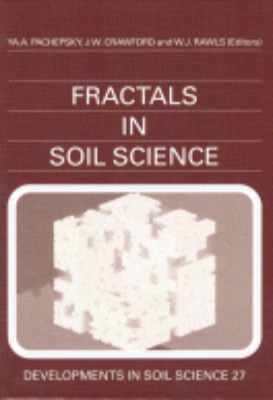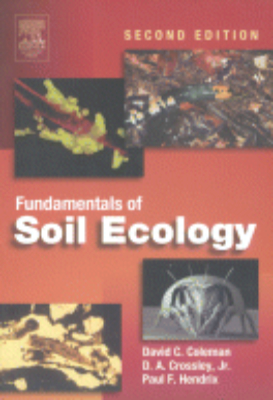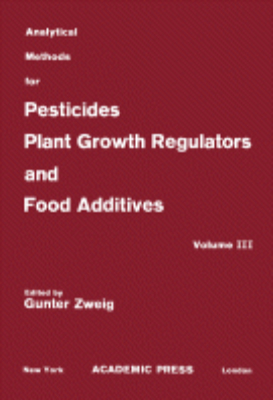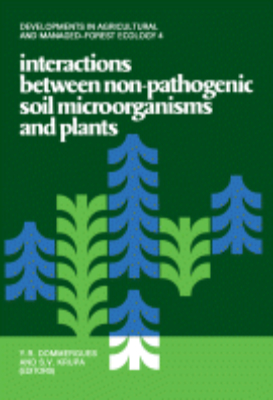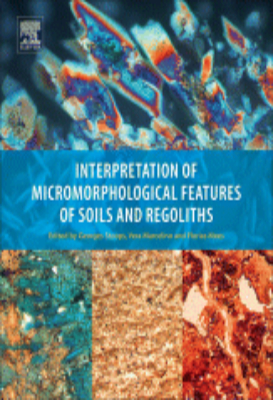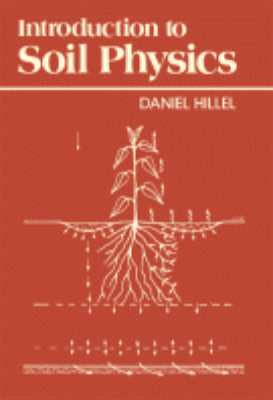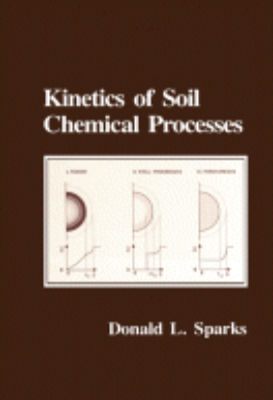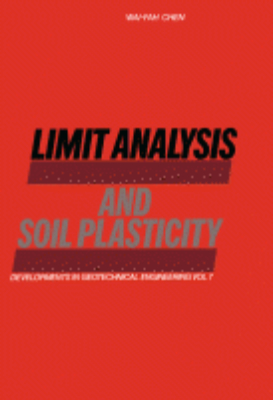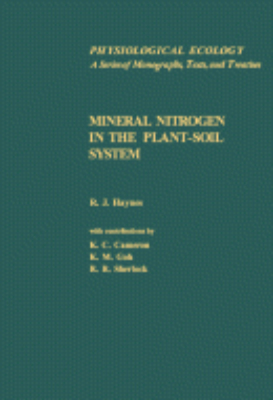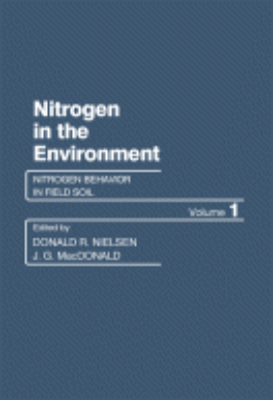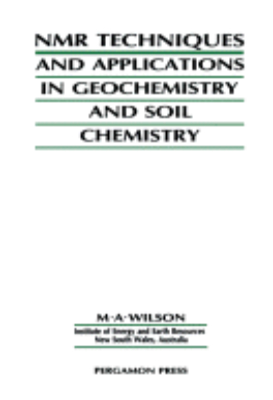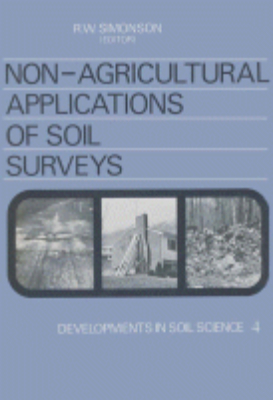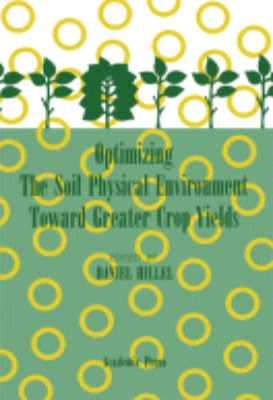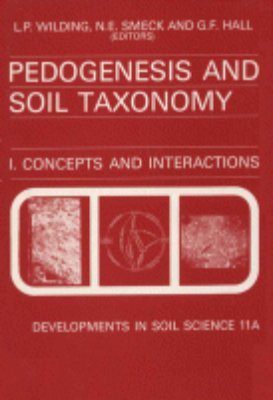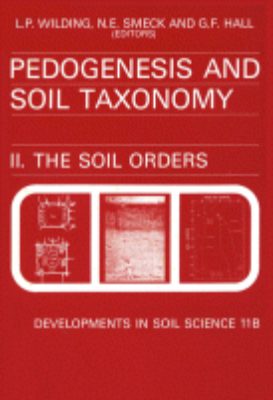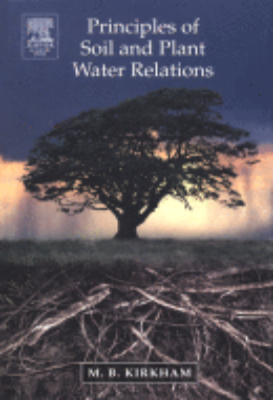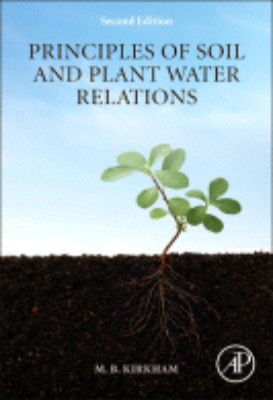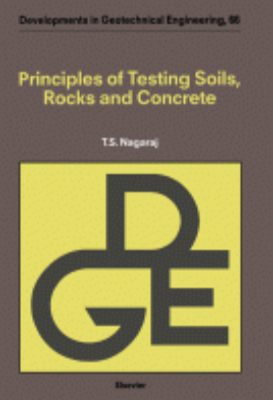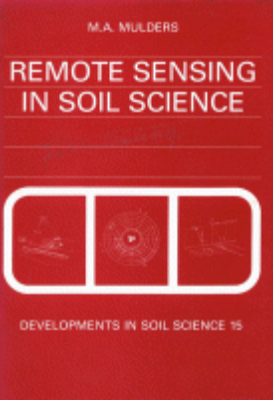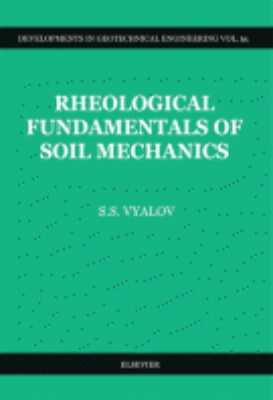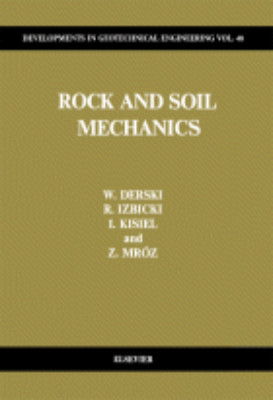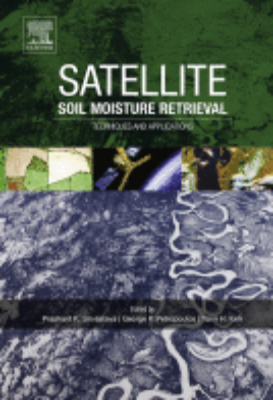E-Resources
Fundamentals of Soil Ecology
This fully revised and expanded edition of Fundamentals of Soil Ecology continues its holistic approach to soil biology and ecosystem function. Students and ecosystem researchers will gain a greater understanding of the central roles that soils play in ecosystem development and function. The authors emphasize the increasing importance of soils as the organizing center for all terrestrial ecosystems and provide an overview of theory and practice of soil ecology, both from an ecosystem and evolutionary biology point of view. This volume contains updated and greatly expanded coverage of all belowground biota (roots, microbes and fauna) and methods to identify and determine its distribution and abundance. New chapters are provided on soil biodiversity and its relationship to ecosystem processes, suggested laboratory and field methods to measure biota and their activities in ecosystems..
Fundamentals of Soil Physics
This book is not, in any case, in total defiance of the Wise Old Man's admonition, for it is not an entirely new book. Rather, it is an outgrowth of a previous treatise, written a decade ago, entitled "Soil and Water: Physical Principles and Processes." Though that book was well enough received at the time, the passage of the years has inevitably made it necessary to either revise and update the same book, or to supplant it with a fresh approach in the form of a new book which might incorporate still-pertient aspects of its predecessor without necessarily being limited to the older book's format or point of view.
Fungicides Nematocides and Soil Fumigants Rodenticides and Food and Feed Additives
Analytical Methods for Pesticides, Plant Growth Regulators, and Food Additives, Volume III:Fungicides, Nematocides, and Soil Fumigants, Rodenticides, and Food and Feed Additives contains detailed analytical procedures for 14 widely used fungicides, five nematocides and soil fumigants, two rodenticides, and four food and feed additives. Each chapter of this 24-chapter volume discusses the history, biological and chemical properties, and physical constants of the different classes of compounds. The chapter presents first the general information, followed by intensive discussion of the methods of occurrence and residue analysis. Methods of analysis covered in each chapter include chemical methods, gas-liquid chromatography, colorimetry, and enzymatic techniques. Agriculturists, analytical chemists, and toxicologists will find this book rewarding.
Interpretation of Micromorphological Features of Soils and Regoliths
Interpretation of Micromorphological Features of Soils and Regolith, 2nd edition, provides researchers and students with a global tool for interpretation of micromorphological features of regoliths and soils. After an introduction and general overview by the editors, micromorphological aspects of regoliths (e.g. saprolites, unconsolidated sediments, transported materials) are highlighted, followed by a systematic and coherent discussion of the micromorphological expression of various pedogenic processes. This is done by discussing diagnostic horizons, materials and processes. The following topics are also treated: freeze-thaw features, redoximorphic features, calcareous and gypsiferous formations, textural features, spodic and oxic horizons, andic and volcanic materials, organic and surface horizons, laterites, surface crusts, salts, biogenic and inorganic siliceous materials, authigenic silicates, phosphates, thionic and derived materials, and features related to faunal activity. The last chapters address the impact of anthropic activities, with regard to archaeology and palaeopedology. Interpretation of Micromorphological Features of Soils and Regolith, 2nd edition, is written by a team of well-known, global experts in the field who all used a single set of concepts and terminology, making it a valuable interdisciplinary reference.
Introduction to Environmental Soil Physics
An abridged, student-oriented edition of Hillel's earlier published Environmental Soil Physics, Introduction to Environmental Soil Physics is a more succinct elucidation of the physical principles and processes governing the behavior of soil and the vital role it plays in both natural and managed ecosystems. The textbook is self-contained and self-explanatory, with numerous illustrations and sample problems. Based on sound fundamental theory, the textbook leads to a practical consideration of soil as a living system in nature and illustrates the influences of human activity upon soil structure and function. Students, as well as other readers, will better understand the importance of soils and the pivotal possition they occupy with respect to careful and knowledgeable conservation.
Introduction to Soil Physics
This book is a unified, condensed, and simplified version of the recently issued twin volumes, Fundamentals of Soil Physics and Applications of Soil Physics. Nonessential topics and complexities have been deleted, and little prior knowledge of the subject is assumed. An effort has been made to provide an elementary, readable, and self-sustaining description of the soil's physical properties and of the manner in which these properties govern the processes taking place in the field. Consideration is given to the ways in which the soil's processes can be influenced, for better or for worse, by man. Sample problems are provided in an attempt to illustrate how the abstract principles embodied in mathematical equations can be applied in practice. The author hope that the present version will be more accessible to students than its precursors and that it might serve to arouse their interest in the vital science of soil physics.
Iron Chelation in Plants and Soil Microorganisms
Iron Chelation in Plants and Soil Microorganisms provides an introduction to the basic biological processes of plants that require iron and those affected by iron deficiency. The book aims to stimulate research in the area of iron metabolism in plants and plant-associated microorganisms. The book is organized into three parts. Part I provides an overview of research methods used in the study of iron chelation relevant to plant biology. Key topics covered include microbial siderophores, phytosiderophores, and plant and microbial ferritins. Part II discusses the molecular approach to iron chelation, which includes molecular biology, enzymology, and iron uptake activities. Part III addresses various physiological and chemical characteristics of the iron stress response. This book was written for scientists involved in plant physiology, agronomy, phytopathology, plant control, and soil microbiology. It may also be of interest to those studying soil chemistry, plant-mineral relationships, horticulture, in vivo and in vitro iron measurements, and microbial ecology. In addition, the book can serve as reference for specialty courses and laboratories conducting research on iron nutrition in plants as well as individuals engaged in iron-related research.
Kinetics of Soil Chemical Processes
The kinetics of reactions in soil and aquatic environments is a topic of extreme importance and interest. To properly understand the fate of applied fertilizers, pesticides, and organic pollutants with time, and to thus improve nutrient availability and the quality of our groundwater, one must study kinetics. This is the first compre
Mineral Nitrogen in the Plant-Soil System
Mineral Nitrogen in the Plant-Soil System provides integrated accounts of the transformations and fate of mineral nitrogen in the plant-soil system. This book emphasizes the understanding of various processes and the factors that affect these processes. It also focuses on the role of biological nitrogen fixation in nitrogen cycling in natural and agricultural systems. The book is divided into seven major chapters and each chapter is further subdivided into various subtopics. The first chapter introduces and outlines the origin, distribution, and cycling of nitrogen in natural and agricultural terrestrial ecosystems. Chapter 2 focuses on the processes of decomposition and mineralization-immobilization turnover. The processes of nitrification are discussed in detail in Chapter 3. The following four chapters discuss topics of retention and movement of nitrogen in soils; gaseous losses of nitrogen; uptake and assimilation of mineral nitrogen by plants; and lastly, the use of nitrogen in agronomic practice. The book will be invaluable to graduate students and researchers in the field of agriculture. This will also cater other parties interested, such as agronomists, soil scientists, plant physiologists, horticulturists, and foresters.
Nitrogen Behavior in Field Soil
Nitrogen in the Environment, Volume 1: Nitrogen Behavior in Field Soil is the first of a two-volume treatise based on manuscripts presented at the international conference on ""Nitrogen in the Environment, held at the University of California Conference Center, Lake Arrowhead, in February, 1977. All original manuscripts were revised in accordance with discussions at the conference. The chapters published in these volumes are those revised manuscripts, with provisions in each chapter to preserve the major suggestions for their improvement. These two volumes Nitrogen Behavior in Field Soil and Soil-Plant-Nitrogen Relationships should be of value in bringing into perspective current knowledge on selected aspects of nitrogen in the environment. This book contains 26 chapters and begins with a paper on field trials with isotopically labeled nitrogen fertilizer. Separate chapters follow on topics such as computer simulation modeling for nitrogen in irrigated croplands; spatial variability of nitrogen in soils; application of gaseous-diffusion theory to measure denitrification; and measurement and prediction of anaerobiosis in soils.
NMR Techniques & Applications in Geochemistry & Soil Chemistry
The book provides an in-depth review of the state of the art of NMR spectroscopy as applied to a wide range of geochemical problems. It is intended to assist geochemists and spectroscopists working at the interface between geochemistry and NMR, and almost all areas of organic and inorganic geochemistry where NMR has had an influence are discussed.
Optimizing the Soil Physical Environment Toward Greater Crop Yields
Optimizing the Soil Physical Environment Toward Greater Crop Yields contains the proceedings of an invitational panel convened during the International Symposium on Soil-Water Physics and Technology held at The Hebrew University Faculty of Agriculture in Rehovot, Israel, August 29 to September 5, 1971. Organized into 13 chapters, this book begins with a discussion on the criteria for determining the aims and direction of research in soil physics and technology. Some chapters deal with the transformation and fluxes of energy and matter in the field, particularly water, soil temperature, soil structure, soil salinity, radiation climate, and nutrient supply and uptake. The book also explores the methods of measuring, managing, and modifying the crop production system to greater agricultural advantage. This book will reflect not only what is known, but also what is missing in the incomplete conception of this environment.
Principles of Soil and Plant Water Relations: 2005
Principles of Soil and Plant Water Relations combines biology and physics to show how water moves through the soil-plant-atmosphere continuum. This text explores the instrumentation and the methods used to measure the status of water in soil and plants. Principles are clearly presented with the aid of diagrams, anatomical figures, and images of instrumentation. The methods on instrumentation can be used by researchers, consultants, and the military to monitor soil degradation, including measurements of soil compaction, repellency, oxygen diffusion rate, and unsaturated hydraulic conductivity.Intended for graduate students in plant and soil science programs, this book also serves as a useful reference for agronomists, plant ecologists, and agricultural engineers.
Principles of Soil and Plant Water Relations: 2014
Principles of Soil and Plant Water Relations, 2e describes the principles of water relations within soils, followed by the uptake of water and its subsequent movement throughout and from the plant body. This is presented as a progressive series of physical and biological interrelations, even though each topic is treated in detail on its own. The book also describes equipment used to measure water in the soil-plant-atmosphere system. At the end of each chapter is a biography of a scientist whose principles are discussed in the chapter. In addition to new information on the concept of celestial time, this new edition also includes new chapters on methods to determine sap flow in plants dual-probe heat-pulse technique to monitor water in the root zone.
Satellite Soil Moisture Retrieval
Satellite Soil Moisture Retrieval: Techniques and Applications offers readers a better understanding of the scientific underpinnings, development, and application of soil moisture retrieval techniques and their applications for environmental modeling and management, bringing together a collection of recent developments and rigorous applications of soil moisture retrieval techniques from optical and infrared datasets, such as the universal triangle method, vegetation indices based approaches, empirical models, and microwave techniques, particularly by utilizing earth observation datasets such as IRS III, MODIS, Landsat7, Landsat8, SMOS, AMSR-e, AMSR2 and the upcoming SMAP. Through its coverage of a wide variety of soil moisture retrieval applications, including drought, flood, irrigation scheduling, weather forecasting, climate change, precipitation forecasting, and several others, this is the first book to promote synergistic and multidisciplinary activities among scientists and users working in the hydrometeorological sciences.


